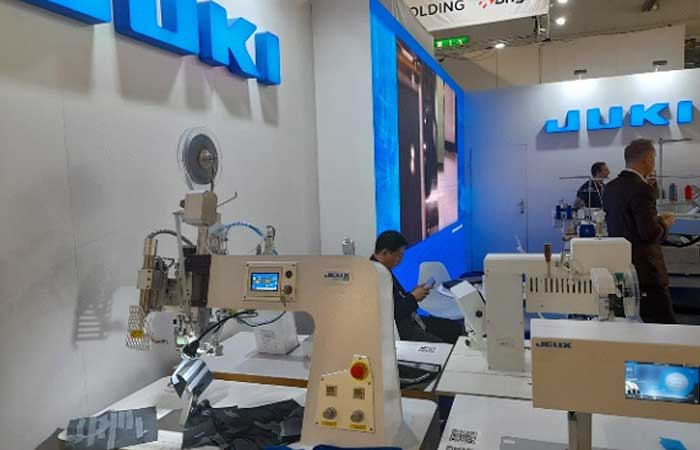
The future of garment industry
By upholding timeless values like craftsmanship while leveraging cutting-edge tech, I believe the industry can keep meeting the world’s clothing needs in a profitable and sustainable manner, informs Jitendra Yadav.
After over a decade and a half in the textile and apparel business, ITMA 2023 reaffirmed my belief that this industry is constantly evolving and innovating. As consumer demands and market dynamics shift, the technology keeps pace. It is well said that necessity is the mother of invention.
This year’s exhibition showcased how digitalisation is transforming factory floors. Integrated software, data analytics, automated monitoring, and mobile connectivity will be vital to optimising production in an on-demand environment. I was especially impressed by the industry 4.0 and IoT capabilities demonstrated.
Another key trend was automation to reduce manual labor through robotics. The sophisticated robotic systems for tasks like material handling reflect tremendous progress. However, the humans operating these technologies must remain integral.
I’m optimistic about the future. The passion for problem-solving through technology remains strong. By upholding timeless values like craftsmanship while leveraging cutting-edge tech, I believe the industry can keep meeting the world’s clothing needs in a profitable and sustainable manner.
Digital solutions
⦁ Eton Systems, BMSvision, and Shima Seiki showcased software platforms and mobile apps to enable digital factory control, monitoring, and data-driven improvements in efficiency, flexibility, and traceability.
⦁ Lectra, Gerber Technology, and Pattern Room displayed solutions for digital design, virtual product development, and streamlined pattern making to speed time-to-market.
⦁ Avery Dennison, ColorJet, and Stoll promoted networked machinery, smart wearables, and digital ID technologies to boost connectivity, transparency, and industry 4.0 capabilities on the factory floor.
Automation
⦁ Lectra unveiled its latest generation automated fabric cutters like Vector TexCut for high-speed spreading and handling in cutting rooms.
⦁ Veit Group and Morgan Tecnica introduced new automated finishing equipment with versatility, reduced gas consumption, and energy savings.
Sustainability
⦁ Tajima, Rotondi Group, and NTX featured more eco-friendly embellishment, denim finishing, and waterless coloration techniques.
⦁ DPP solutions from Avery Dennison and supply chain transparency software will also boost sustainability.
Some of the technology that I personally witnessed at the exhibition
Juki
Juki, a Japanese multinational corporation that manufactures industrial sewing machines and other textile machinery, showcased a wide range of technologies at the ITMA 2023 in Milan. These included:
Seamless stitching: The machines use a variety of technologies to bond fabric, including:
⦁ Ultrasonic bonding: This technology uses ultrasonic vibrations to heat the fabric and fuse it together. It is a fast and efficient method of bonding fabric, and it is suitable for a wide variety of fabrics, including normal fabric.
⦁ Hot air bonding: This technology uses hot air to melt a bonding agent, which is then applied to the fabric. The fabric is then pressed together to fuse the bonding agent. This is a slower method of bonding fabric than ultrasonic bonding, but it is more versatile and can be used to bond a wider range of fabrics.
⦁ Thermoplastic bonding: This technology uses a thermoplastic material, such as PU or PVC, to bond fabric. The thermoplastic material is melted and applied to the fabric, and the fabric is then pressed together to fuse the material. This is a durable and water-resistant method of bonding fabric, but it is not suitable for all fabrics.
Seaman Papers:
Seaman Paper is a leading global manufacturer of environmentally sustainable specialty paper and packaging solutions – helping customers protect what’s most important to them.
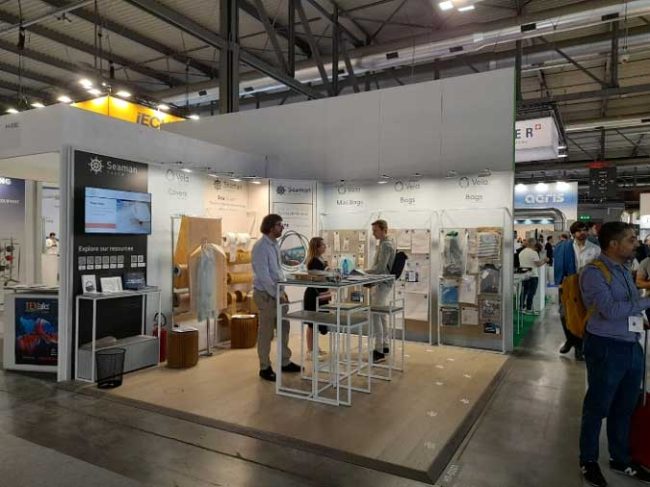

Gbos Laser Inc:
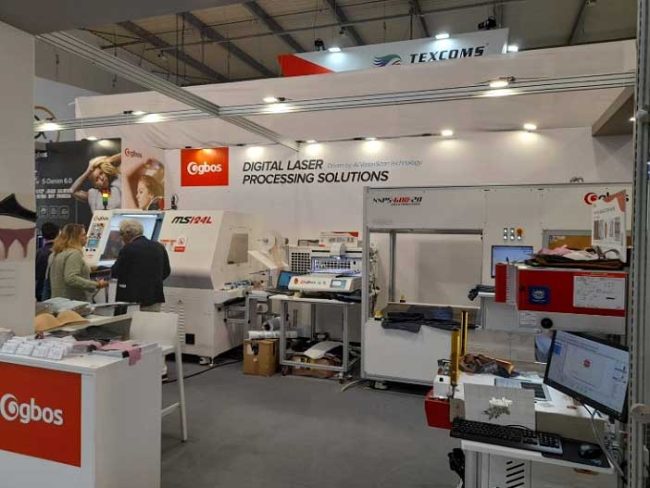
The demand for personalisation in fashion is growing. Such as: uniforms, ball sportswear, cultural shirts, advertising shirts, flags, swimwear, cycling uniforms, etc. Whether fast fashion or sportswear, digitisation and automation are the path to the future in apparel manufacturing. Digital cutting solutions with GBOS makes for quick response for small volume and diversity order.
CO2 Laser cutter: Laser cutting can do complicated fashion designs. Equipped with multi-module: auto-feeding system, double-head async laser cutter, computer vision technology.
Oscillating knife cutting machine, more environmentally friendly and faster sublimation cutting solutions: It features contour edge extraction and has a large identification range. It has an ultra-high recognition accuracy, minimum error of ±0.2mm.
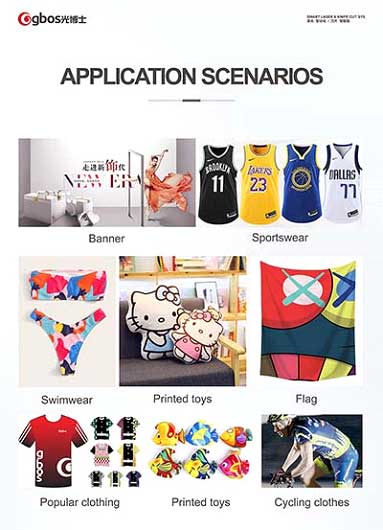
Arges Laser System:
Galvonometric motion system, laser beams with special mirrors, lenses and electronic systems to direct all kinds of materials to work very quickly.
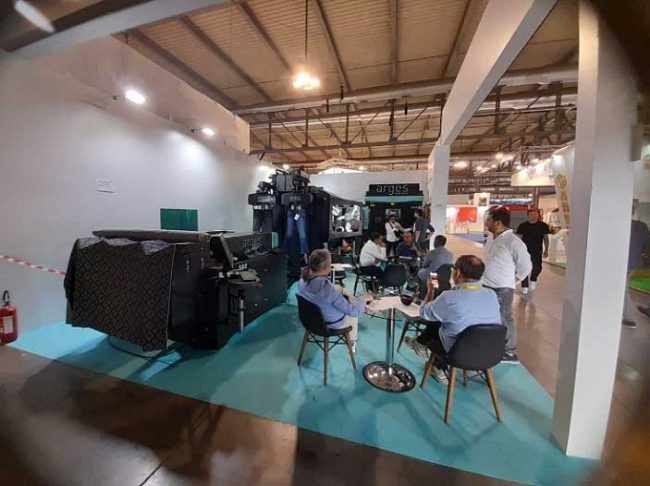
Its excellent precision and high speed make the Denim Marking Machine an ideal machine for high volume production. In the variable machining area from 300300 mm to 15001500 mm, it provides the same sharpness and marking at every corner of the working area completing the required focus changes in milliseconds while quickly directing the laser beam.
Orox Cutting Solutions:
At OROX GROUP, dedicated to providing cutting-edge technology for fabric cutting machines. The machinery is designed with a meticulous attention to detail, ensuring that every aspect of cutting, spreading, labeling, table and software solutions are optimised for maximum efficiency and precision. The company is committed to research and development, constantly seeking out new ways to improve its products and meeting the evolving needs of the customers.

The fabric cutting machines are built to last, providing reliable performance that our clients can depend on.
Tongxiang Tongcheng Technology Company:
Full garment knitting machines showcased were computer-controlled, which allowed for a high degree of automation and precision. This makes it possible to produce garments with complex designs and features
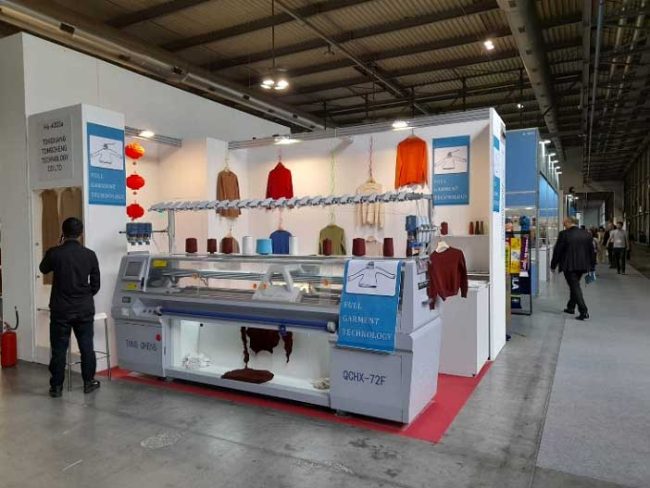
Startup Valley:
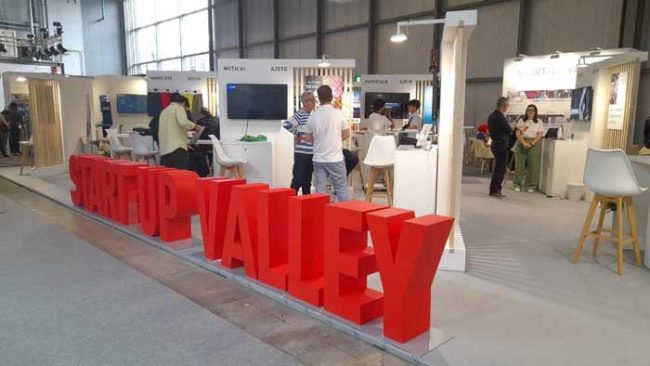
Start-Up Valley allowed selected enterprises with solutions for the Textile and Garment Industry to exhibit in a dedicated area of ITMA.
In summary, ITMA 2023 emphasised digitalisation and automation – highlighting the industry’s focus on leveraging technology advancements to enable on-demand manufacturing that keeps pace with modern consumer demands.
About the author:
Jitendra Yadav is the Global Head of Strategy at Texcoms Textile Solutions. With a solid 15-year background in the global textile and apparel industry, Yadav brings a wealth of experience to the table. His professional journey includes pivotal roles in international apparel retail, manufacturing, quality management, and strategy consulting. Yadav has also made notable contributions by successfully managing operational projects for prominent apparel manufacturers and collaborating with various stakeholders across the textile value chain. Furthermore, he has extended his expertise to assist the Government of India in policy formulation and implementation.



